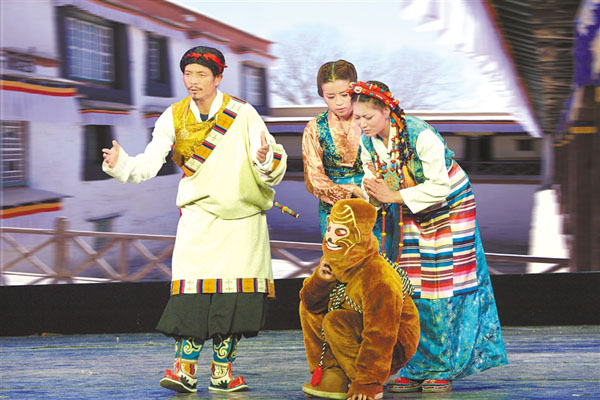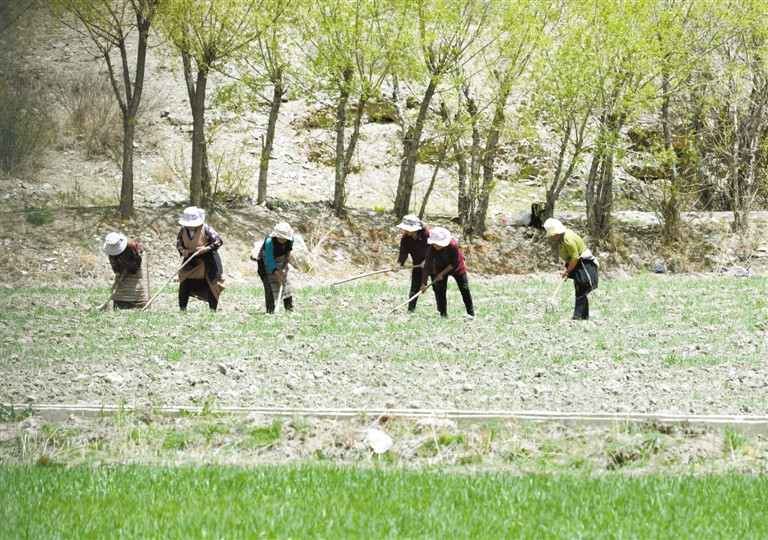2019 Tibetan New Year and Spring Festival fall on same day
The 2019 Tibetan New Year, also called Losar in Tibetan, and the Spring Festival (Chinese New Year) will fall on the same day for the second consecutive year.
Losar is a traditional Tibetan festival which begins on the first day of the Tibetan calendar year and lasts for fifteen days. There are usually three scenarios for the Losar and the Spring Festival dates: they either fall on the same day, are separated by one day, or are separated by one month.
In order to find out which day is Losar, Tibetans will usually check the Tibetan Astronomical and Meteorological Calendar, and arrange a series of affairs such as farming, festival celebrations, weddings, and funerals according to this almanac. It can be said that this almanac is a must-have reference book for Tibetans.
Each year, the almanac is prepared by experts at the Astronomical Calendar Research Institute of the Tibet Autonomous Region Tibetan Medicine Hospital. The 2019 calendar has already been prepared and is currently being printed.
It was learned that the 2019 Tibetan Losar and Chinese New Year will fall on the same day, which will be February 5, 2019. However, both new years falling on the same day for two consecutive years will only occur once every several years. For 2018 and 2019, they happen to be on the same day.
The Tibetan calendar has been used officially since the year 1027.
"Determining the date of Tibetan Losar is closely related to the use of the Tibetan calendar," an astronomical calendar expert said.
The Tibetan calendar establishes 24 solar terms, gives medium- and long-term weather forecasts for Tibet, and forecasts movements and eclipses of five major planets. The Tibetan calendar reflects the combination of yin and yang. It can be said that the Tibetan calendar is based on the original phenological calendar and absorbed the essence of various other calendars to form a unique and scientific calendar system. Calculations of the Tibetan calendar are mainly carried out by means of a sand table, and it is necessary to go out into the field to confirm these calculations with astronomical observations.
Editor: Tommy Tan.
Tibet Stories

A family of three generations stick to inheritance of Tibetan opera
The Tibetan opera, an intangible cultural heritage in Tibet, originated in the 14th century....





